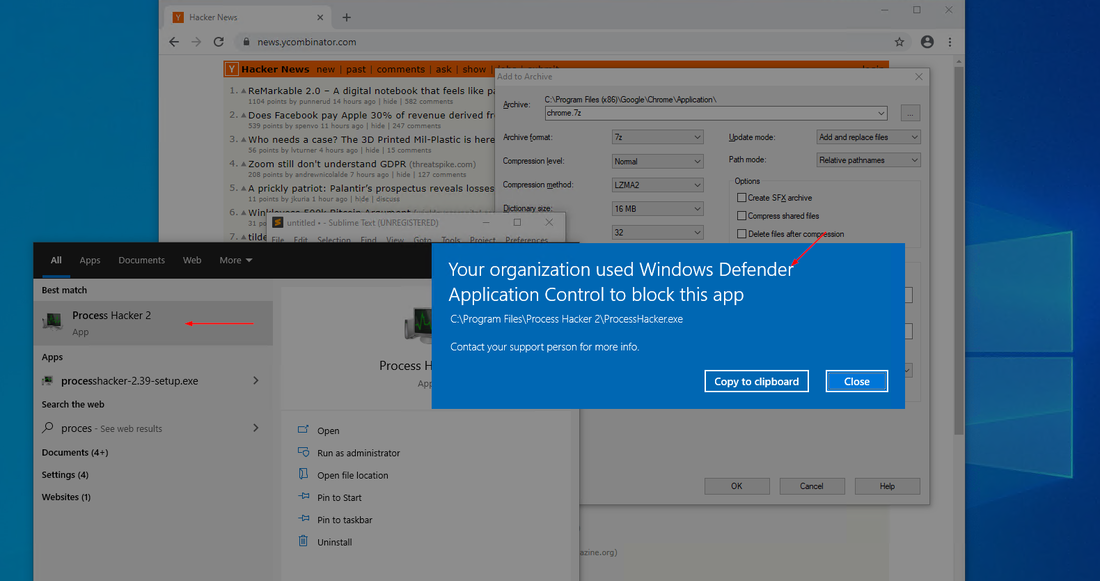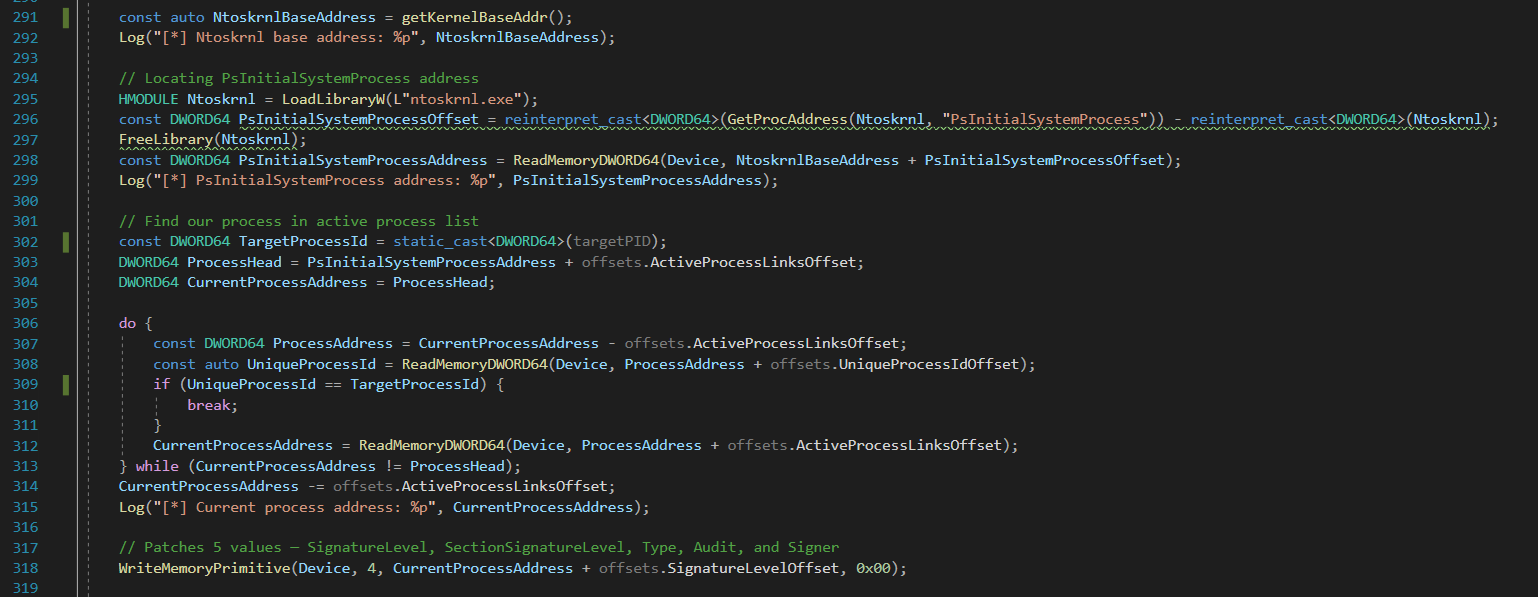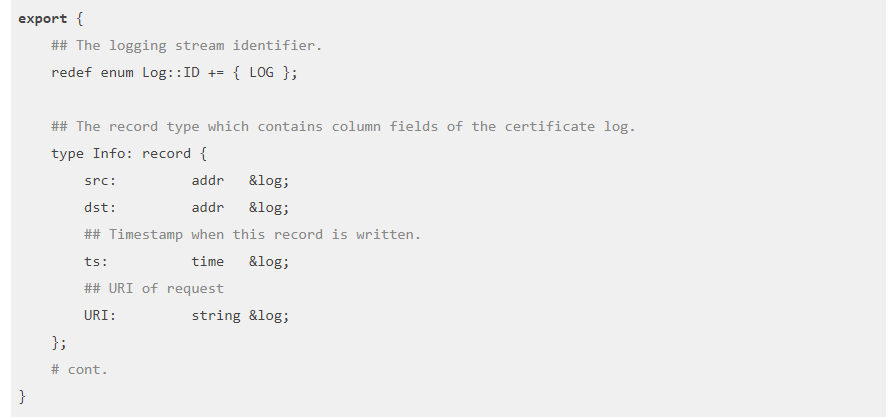Is Ransomware a Threat to Your Organisation?
A ransomware attack is a type of malicious cyberattack in which the attacker encrypts the victim’s data and demands a ransom payment in exchange for the decryption key. Ransomware is a form of malware (malicious software) that, once infiltrated into a computer system or network, encrypts files or entire systems, rendering them inaccessible to the user. The attackers then demand payment, usually in cryptocurrency, to provide the decryption key or to release the encrypted data.
There are a number of key characteristics and patterns that make up a ransomware attack.
Encryption of Data: Ransomware encrypts the victim’s files or even entire hard drives. This encryption process makes the data unreadable without the corresponding decryption key.
Ransom Demand: After encrypting the data, the attackers typically display a ransom note on the victim’s system, explaining that their files are locked and providing instructions on how to pay the ransom. The demand is usually in cryptocurrency, such as Bitcoin or Monero, to make it more difficult to trace.
Cryptocurrency Payment: Ransomware operators often prefer to receive payments in cryptocurrency due to the pseudonymous nature of these transactions, making it harder for law enforcement to track the flow of funds.
Time Pressure: Ransomware attacks often come with a deadline, putting pressure on the victim to pay quickly. The threat of permanently losing access to the encrypted data is used as leverage to encourage payment.
Sophisticated Delivery Methods: Ransomware can be delivered through various means, including malicious email attachments, infected websites, or exploiting vulnerabilities in software. Some sophisticated ransomware strains use advanced techniques to evade detection by traditional security measures.
Target Diversity: While individuals can be targets of ransomware attacks, businesses, government agencies, and other organisations are often lucrative targets due to the potential for larger ransom payments. Critical infrastructure, healthcare, and financial institutions are particularly attractive to ransomware operators.
Evolution and Customization: Ransomware has evolved over time, with attackers developing more sophisticated methods and customising attacks for specific targets. Some ransomware strains even include features such as data theft or the threat of publicising sensitive information to increase pressure on victims.
Global Impact: Ransomware attacks can have significant global implications, disrupting critical services, causing financial losses, and impacting the overall economy. Notable ransomware incidents have affected organisations worldwide, ranging from small businesses to large enterprises.
Organisations can fall prey to ransomware attacks through various avenues, often involving social engineering tactics, vulnerabilities in software or systems, and human error. Understanding the common pathways through which organisations become susceptible to ransomware is crucial for implementing effective cybersecurity measures. Here are some key ways an organisation can fall victim to a ransomware attack:
Phishing Emails: Phishing remains one of the most common methods for delivering ransomware. Attackers send deceptive emails that appear legitimate, often posing as trusted entities such as colleagues, banks, or government agencies. These emails may contain malicious attachments or links that, when opened or clicked, download and execute ransomware on the victim’s system.
Malicious Email Attachments: Ransomware can be distributed through email attachments, such as infected documents or executable files. Unsuspecting employees who open these attachments unknowingly trigger the execution of the ransomware, leading to the encryption of files on their computers and potentially spreading to connected networks.
Infected Websites and Malvertisements: Visiting compromised websites or clicking on malicious online advertisements (malvertisements) can expose organisations to ransomware. Cybercriminals exploit vulnerabilities in web browsers or plugins to deliver malware, including ransomware, to visitors’ devices.
Exploiting Software Vulnerabilities: Ransomware operators often target organisations that have not patched or updated their software promptly. Exploiting vulnerabilities in operating systems, software applications, or network infrastructure allows attackers to gain unauthorised access and deploy ransomware.
Remote Desktop Protocol (RDP) Exploitation: Attackers may exploit weak or compromised Remote Desktop Protocol (RDP) credentials to gain unauthorised access to an organisation’s systems. Once inside, they can deploy ransomware and propagate it across the network, causing widespread damage.
Social Engineering Attacks: Social engineering tactics, such as pretexting or baiting, involve manipulating individuals into divulging sensitive information or performing actions that aid in the deployment of ransomware. This could include tricking employees into providing login credentials or installing malicious software.
Lack of Employee Training: Insufficient cybersecurity awareness among employees can contribute to the success of ransomware attacks. Without proper training, employees may inadvertently engage in risky behaviours, such as clicking on suspicious links or opening attachments from unknown sources.
Weak or Stolen Credentials: Weak passwords, password reuse, or stolen credentials from previous data breaches can provide cybercriminals with the means to gain unauthorised access to an organisation’s systems. Once inside, attackers can deploy ransomware and move laterally across the network.
Supply Chain Attacks: Ransomware operators may target an organisation through its supply chain. If a vendor or partner with access to the organisation’s network becomes compromised, attackers can leverage that access to launch a ransomware attack on the primary target.
Insufficient Cybersecurity Measures: Organisations with inadequate cybersecurity measures, such as the absence of robust endpoint protection, intrusion detection systems, or data backup protocols, are more vulnerable to ransomware attacks. A lack of comprehensive security strategies can leave gaps that attackers exploit.
Ransomware attacks continue to be a significant cybersecurity threat, underscoring the importance of proactive measures, cybersecurity best practices, and a comprehensive security strategy to protect against and respond to these malicious incidents. A critical defence against threat of ransomware attacks is the application of penetration testing in an organisation. Penetration testing plays a crucial role in preventing attacks by proactively identifying vulnerabilities, testing defences, and helping organisations improve their overall cybersecurity posture. Regular and robust pen testing helps organisations:
Identifying Vulnerabilities: Penetration testing involves simulating real-world cyberattacks to identify vulnerabilities in an organisation’s systems, networks, and applications. By proactively finding and addressing these weaknesses, organisations can close potential entry points that ransomware attackers might exploit.
Assess Social Engineering Resilience: Penetration testers often include social engineering techniques in their assessments, simulating phishing attacks or other methods used by attackers to trick employees. By evaluating an organisation’s resilience to social engineering tactics, penetration testing helps improve employee awareness and reduces the likelihood of falling victim to phishing schemes that may lead to ransomware infections.
Test Security Controls: Penetration testing evaluates the effectiveness of existing security controls, such as firewalls, intrusion detection systems, and antivirus solutions. By testing these controls under controlled conditions, organisations can ensure that they are adequately configured to detect and prevent ransomware threats.
Assess Patch Management: Ensuring that all software, operating systems, and applications are up to date with the latest security patches helps eliminate vulnerabilities that ransomware operators may exploit. Outdated software and unpatched systems are common vectors for ransomware attacks. Penetration testing includes an assessment of an organisation’s patch management process to identify areas where updates may be lacking. This helps prevent attackers from exploiting known vulnerabilities.
Evaluate Remote Access Security: Many ransomware attacks target organisations through remote access vulnerabilities. Penetration testing assesses the security of remote access solutions, such as Virtual Private Networks (VPNs) or Remote Desktop Protocol (RDP), to ensure they are properly configured and protected against unauthorised access.
Test Incident Response Plans: Having a well-defined incident response plan enables organisations to respond swiftly and effectively in the event of a ransomware attack, minimising potential damage and facilitating recovery. Penetration testing often includes simulations of ransomware scenarios to evaluate an organisation’s incident response capabilities. Testing how well an organisation can detect, contain, and recover from a simulated ransomware attack helps identify areas for improvement and ensures a more effective response in the event of a real incident.
Assess Backup and Recovery Mechanisms: Regular backups are crucial for recovering data without paying a ransom. Penetration testing evaluates the effectiveness of an organisation’s backup and recovery mechanisms, ensuring that they can restore systems and data in the event of a ransomware attack.
Evaluate Endpoint Security: Penetration testers assess the security of endpoints, including workstations and servers, to ensure that they are protected against malware and ransomware. This includes testing the effectiveness of antivirus and anti-malware solutions.
Simulate Realistic Attack Scenarios: Penetration testing goes beyond identifying vulnerabilities to simulate realistic attack scenarios, including those that may lead to ransomware infections. This allows organisations to understand their security posture in the face of sophisticated cyber threats and address any shortcomings.
Stay Ahead of Emerging Threats: As the threat landscape evolves, penetration testing helps organisations stay ahead of emerging threats. By integrating threat intelligence into testing frameworks, penetration testers can emulate the tactics, techniques, and procedures (TTPs) of actual threat actors, ensuring that organisations are prepared for the latest ransomware trends.
Build a Security-Aware Culture: Regular penetration testing contributes to building a security-aware culture within an organisation. It fosters a proactive mindset among employees, encouraging them to remain vigilant against potential threats, ultimately reducing the risk of falling victim to ransomware attacks.
Penetration testing is a proactive and strategic approach to identifying and addressing cybersecurity vulnerabilities. By regularly conducting penetration tests, organisations can enhance their resilience against ransomware attacks, strengthen their security measures, and reduce the likelihood of falling prey to malicious actors. In addition to ensuring business processes, networks and systems are safe, businesses should also implement internal policies and undertake regular security activities to mitigate the risk of ransomware attacks:
Network Segmentation: Segmenting networks can limit the spread of ransomware within an organisation, preventing it from easily moving laterally across systems.
Regular Security Training: Educating employees about cybersecurity best practices and the risks associated with phishing attacks is crucial. Regular training helps employees recognize and avoid potential threats. This is a critical component of building a security-aware culture.
Multi-Factor Authentication (MFA): Implementing multi-factor authentication adds an extra layer of security, making it more challenging for attackers to gain unauthorised access even with stolen credentials.
Access Control and Least Privilege: Implementing strong access controls and adhering to the principle of least privilege limits the exposure of sensitive systems and data, reducing the potential impact of ransomware attacks.
Understanding the common avenues through which organisations fall prey to ransomware attacks and implementing comprehensive cybersecurity measures, led by a robust penetration testing plan, businesses can significantly reduce their risk and better protect their critical assets. The cost to ensure the ongoing cyber safety of a business is much lower than the exposure to a single security incident, which will have real direct and indirect costs. Cybersecurity is an ongoing effort, and organisations must stay vigilant to the evolving tactics of cybercriminals.



